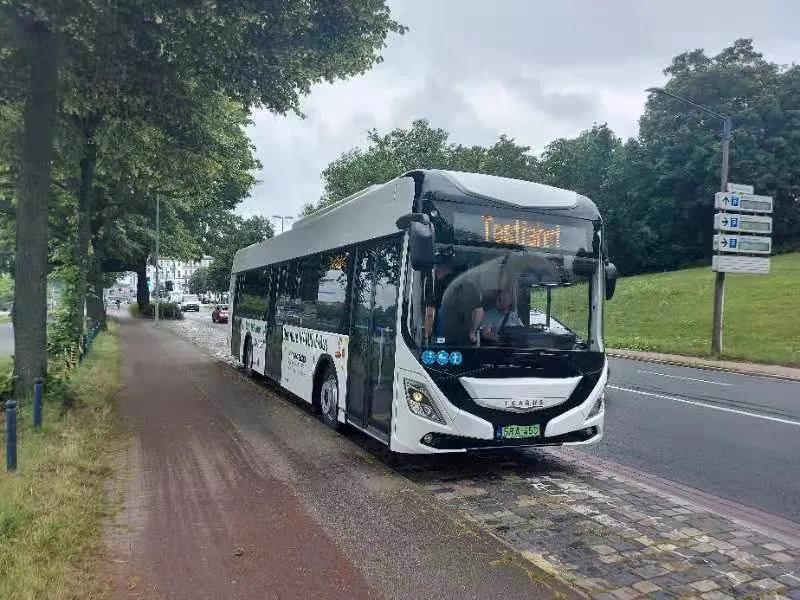How a Pure Electric City Bus Can Maximize ROI for PPP Transport Projects
Public-private partnership (PPP) models have become a cornerstone for developing and modernizing public transportation infrastructure. For private investors and public authorities alike, the goal is clear: maximize return on investment (ROI) while ensuring reliable, sustainable, and future-ready transit services.
As urban mobility strategies shift toward sustainability, one option is capturing attention across global PPP projects—the Pure Electric City Bus. But does it truly deliver better ROI?
Let’s explore why the answer is increasingly yes.
What Is a Pure Electric City Bus?
A Pure Electric City Bus is fully powered by rechargeable batteries and produces zero emissions. Unlike diesel or hybrid buses, these vehicles do not rely on internal combustion engines and are known for their quiet operation, low operational cost, and long-term environmental benefits.
Key characteristics:
Battery-powered, fully electric drivetrain
Range typically 250–350 km per charge
Zero tailpipe emissions
Fewer moving parts, lower maintenance requirements
Challenges in PPP Transit Projects
PPP projects, while powerful, face unique challenges that impact ROI:
High initial capital expenditures (CAPEX)
Long-term maintenance cost uncertainties
Pressure to meet environmental regulations and KPIs
Public scrutiny and political expectations
Profitability vs. sustainability balancing act
Any solution adopted must help mitigate these issues—and that’s where Pure Electric City Buses come in.
Solving the PPP Equation: Why Electric Buses Work
Here’s how Pure Electric City Buses directly enhance ROI across PPP transit projects:
1. Lower Operating & Maintenance Costs
Electric buses have significantly fewer mechanical components compared to diesel buses, reducing:
Scheduled maintenance
Spare parts inventory
Downtime due to mechanical failures
ROI impact: Up to 30–50% reduction in maintenance costs over 8–10 years.
2. Energy Cost Stability
Unlike fossil fuels, electricity prices are more stable and predictable—especially when combined with solar-powered depots or off-peak charging.
ROI impact: Consistent fuel savings that improve financial forecasting accuracy.
3. Eligibility for Green Subsidies & Incentives
Many governments offer grants, tax breaks, or carbon credits for electric fleets. For PPP operators, this can offset upfront costs and shorten the break-even timeline.
ROI impact: Enhanced financial leverage and reduced net CAPEX.
4. Public Perception & KPI Alignment
Electric buses are quiet, smooth, and environmentally friendly—qualities that:
Boost citizen satisfaction
Help meet emission-reduction KPIs
Lower risk of contract penalties
ROI impact: Stronger compliance, improved operator ratings, and long-term contract renewals.
5. Scalable Digital Fleet Management
Most electric buses come equipped with real-time monitoring systems that support predictive maintenance, route optimization, and energy usage tracking—helping private operators further optimize performance and reduce waste.
When Does a PPP Operator Benefit Most?
You should seriously consider a shift to Pure Electric City Buses if:
Your existing fleet is aging or diesel-dependent
You're facing tight emissions targets or ESG reporting
Fuel and maintenance costs are rising
The PPP contract rewards long-term operational efficiency
Local or national incentives are available for electric vehicles
Final Thoughts: Is It Worth It?
From both a financial and operational perspective, Pure Electric City Buses are increasingly proving to be the smart choice for PPP-based transit systems.
They don’t just help cities go green—they help your partnership go profitable.




